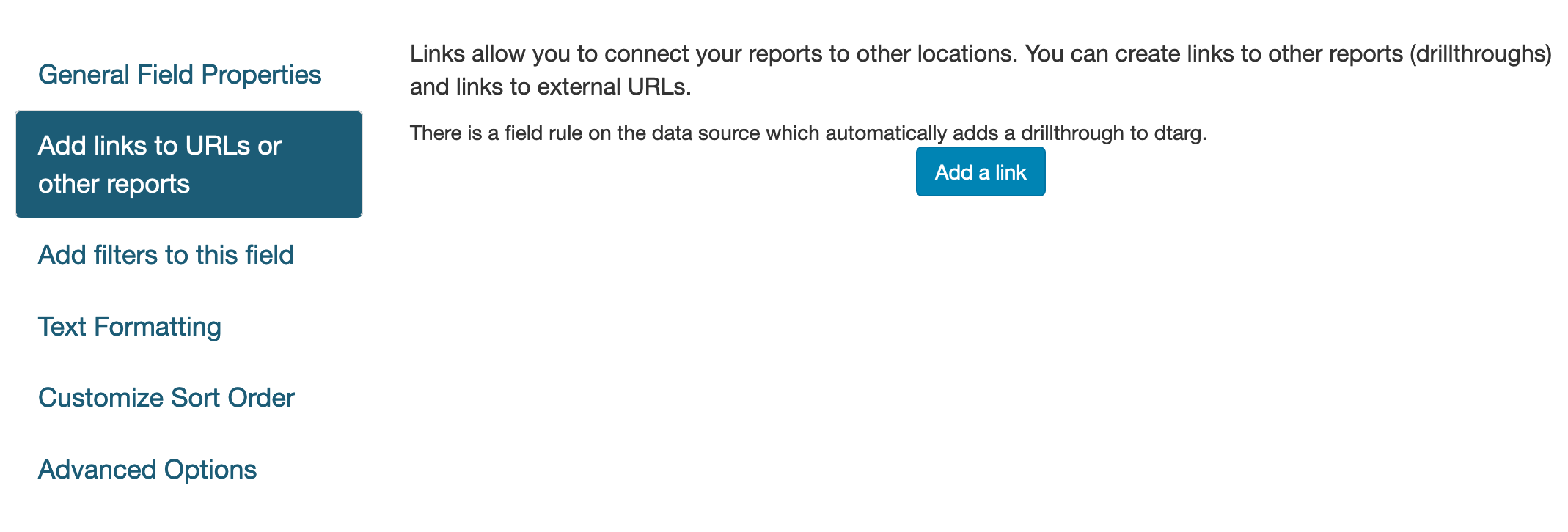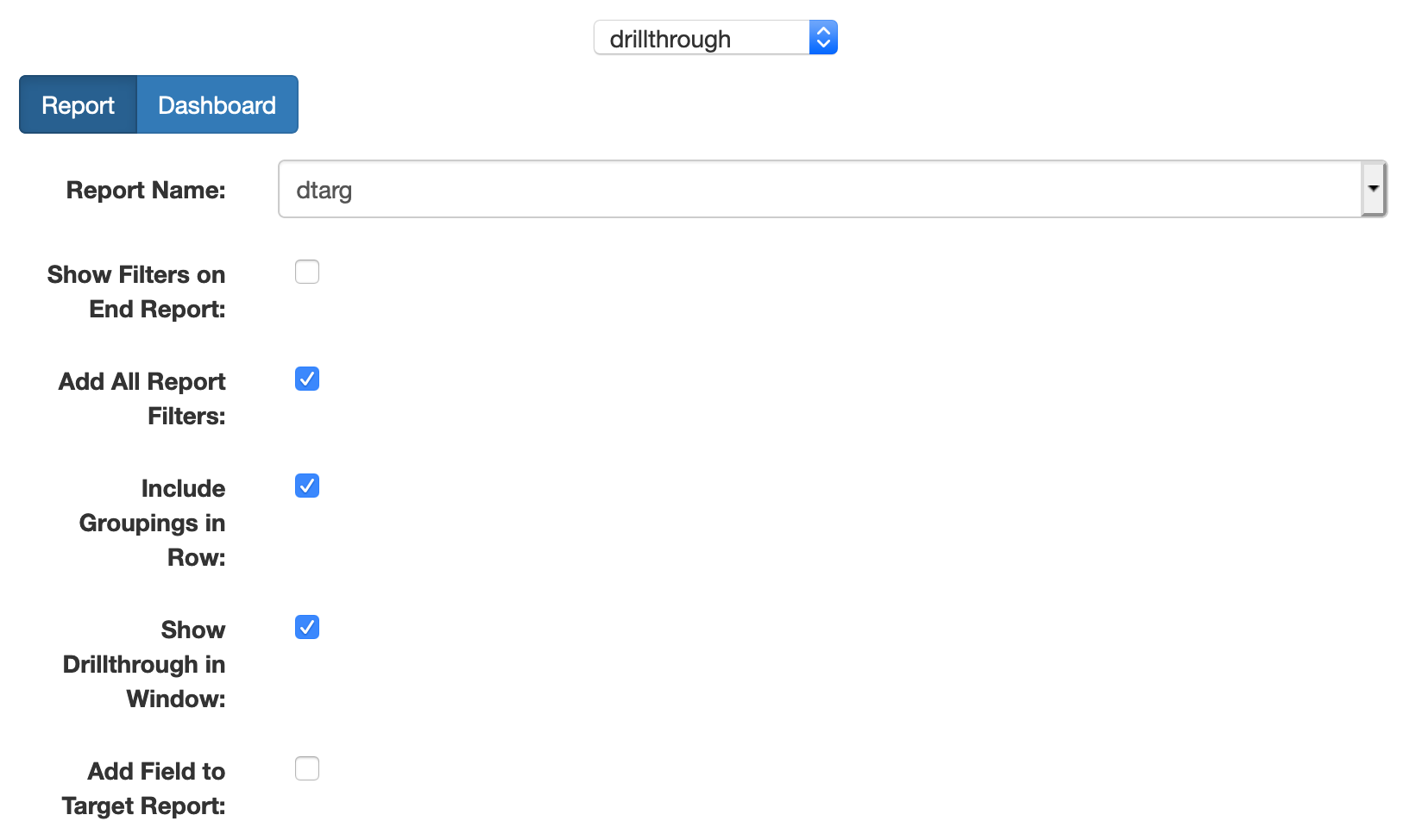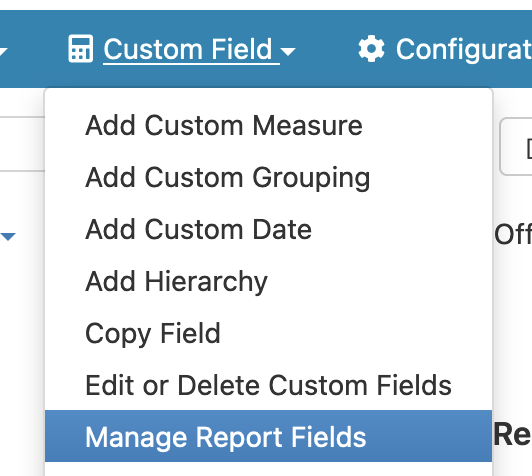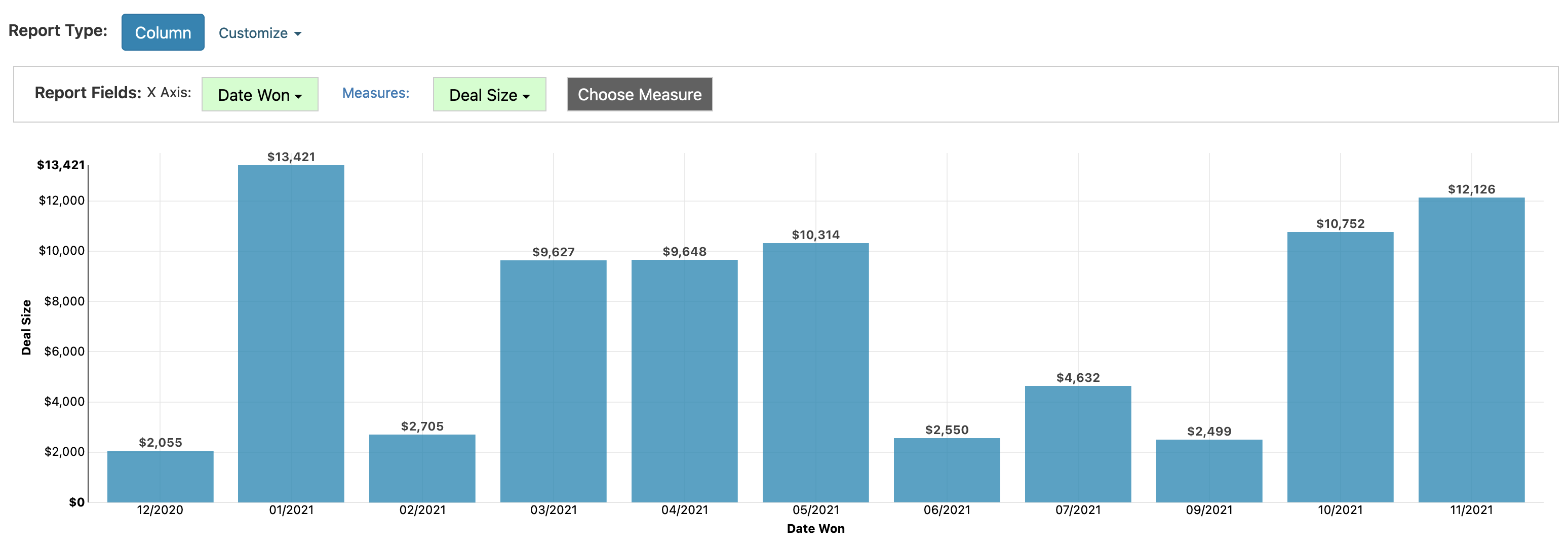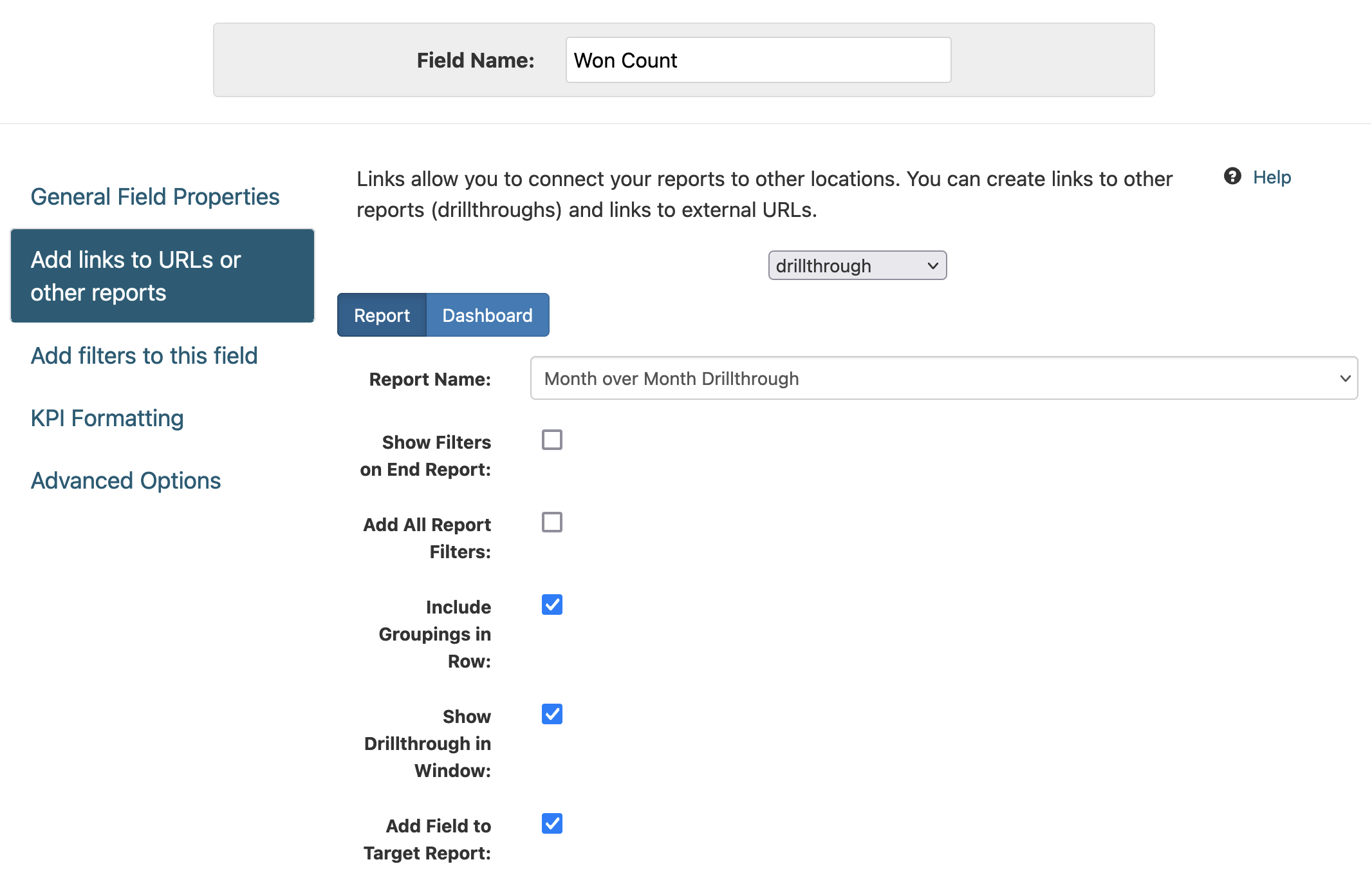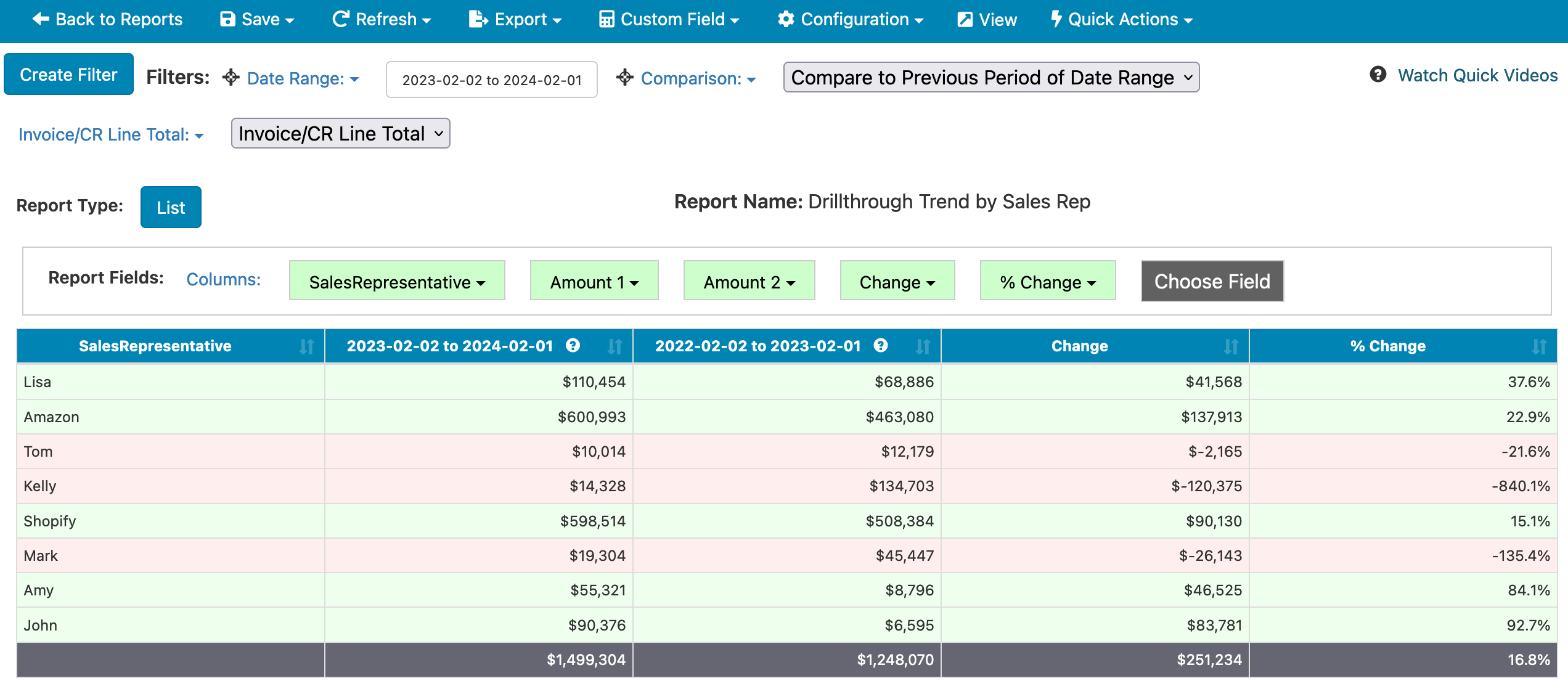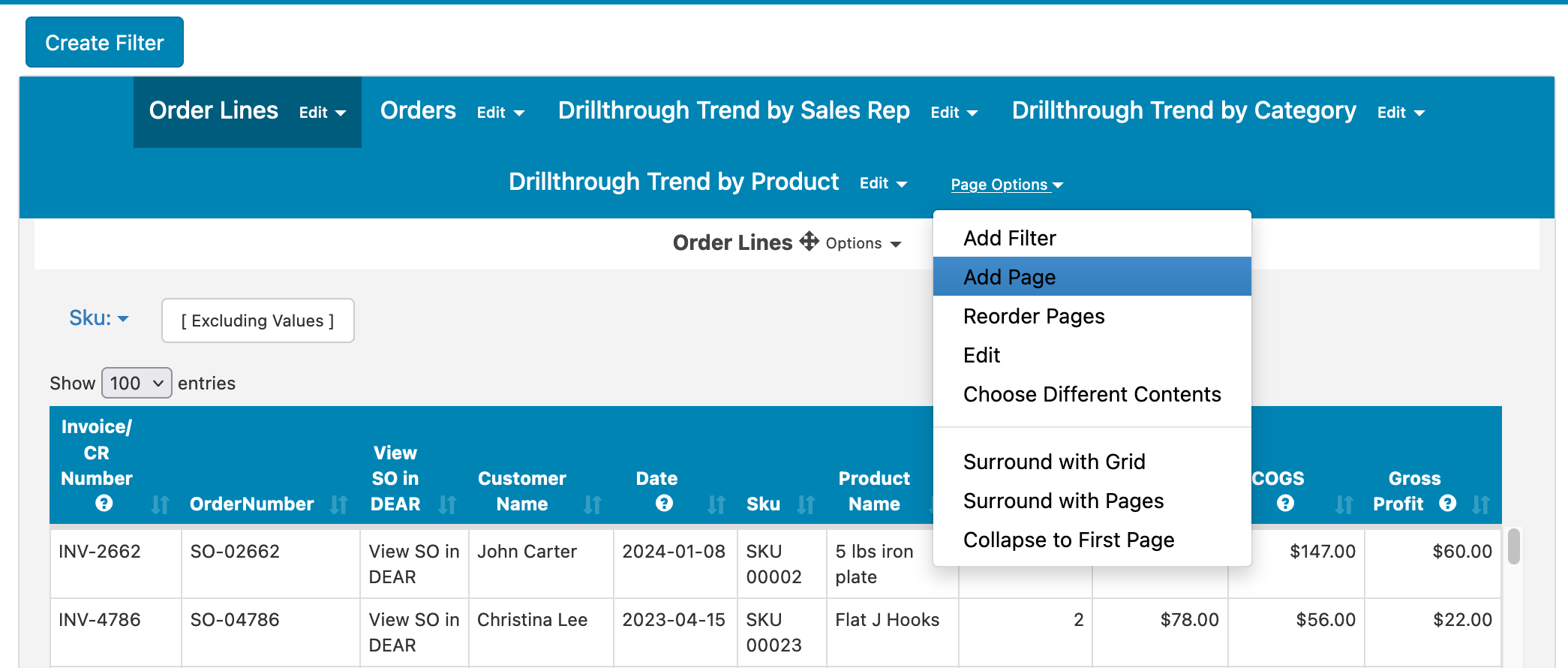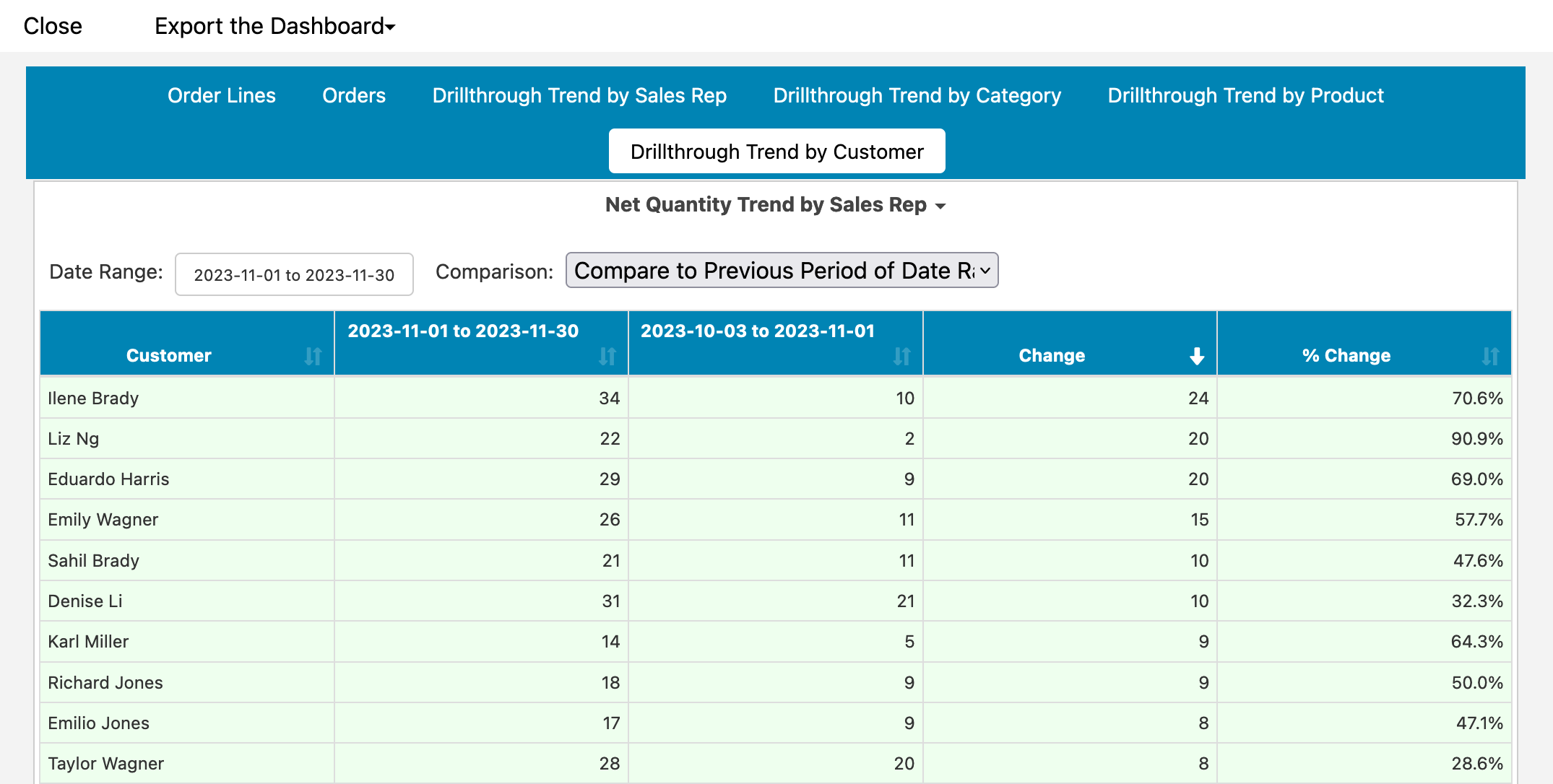You can link back to actionable information from your Easy Insight reports by defining URL links. For example, you might want to be able to click back to the project screen on a project management system, or to a deal detail screen on a CRM system. Click on the Create Link button and choose 'URL' as the link type.
Generally, you'll want to reference one or more fields from your data to create that URL. You'll want to use the same bracket notation used in scripting to reference those fields and build the URL. For example, you might be passing back to a specific page referenced through the Opportunity ID in the URL, you'd have your URL with [Opportunity ID] in it as shown below:


